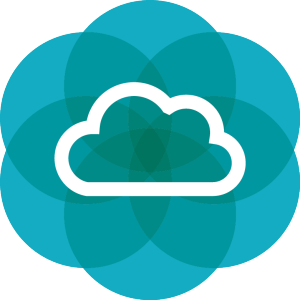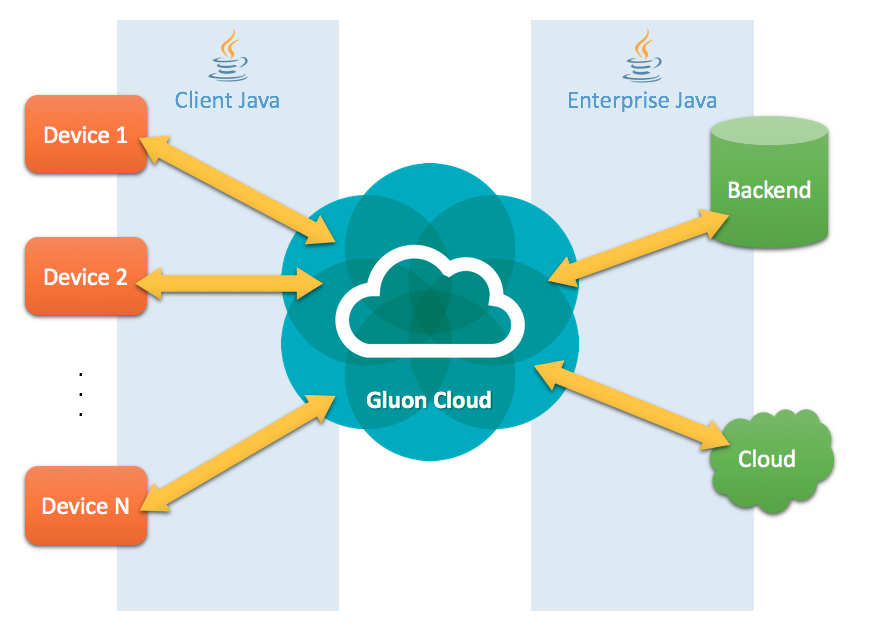 This week we announced the availability of Gluon Cloud, and yesterday we explained how you can use Gluon Cloud to synchronize data between different instances of your client application. Today we will explain how to connect your application with existing back-end systems or cloud providers using Gluon Cloud. As discussed in earlier blog posts, this is the concept of data connectivity.
This week we announced the availability of Gluon Cloud, and yesterday we explained how you can use Gluon Cloud to synchronize data between different instances of your client application. Today we will explain how to connect your application with existing back-end systems or cloud providers using Gluon Cloud. As discussed in earlier blog posts, this is the concept of data connectivity.
It’s an obvious statement, but we’ll state it nonetheless: different client applications have different needs. For some applications, it is important that the data is synchronized between instances of the applications. This is what we spoke about in yesterdays blog post about data synchronization. Other client applications require data connectivity – that is, the ability to automatically receive data from multiple back-end systems, and to be able to push data changes back into these back-end systems. For these types of applications, Gluon Cloud offers built-in data connectivity functionality which allows for bi-directional communication between your back-end applications and Gluon Cloud (and therefore your client application).
In the enterprise world this is a very typical approach, as this allows for one back-end system (including all business logic) to service multiple clients (and they may even be implemented with different client-side technologies such as JavaFX, web technologies, iOS / Android apps, etc). The back-end provides the data in a generic way (for example JSON, XML, or something else), and the web client, native client, cross-platform JavaFX application all know how to consume this data. The role of Gluon Cloud in all of this is crucial: it shields back-end developers from the issues encountered when dealing with client applications with limited connectivity, and it also removes boilerplate code otherwise needed on the client for connecting the application to an enterprise back-end.

Gluon Cloud contains a very generic way for bi-directional communication with third party systems: it allows those systems to register endpoints that will be called when new or modified data is available in Gluon Cloud, and it allows third parties to call REST methods on Gluon Cloud that retrieve, modify, or add data to Gluon Cloud. The connection between Gluon Cloud and the third party system is secured by using the OAuth protocol, using the same key and secret pair that is also used to connect client applications to Gluon Cloud. This means that data isolation and security is achieved between the application, Gluon Cloud, and the back-end systems that Gluon Cloud connects with.
While the bi-directional REST communication between Gluon Cloud and third party backend systems is very flexible, and can cover almost all use cases, we are going a step further. In the future, you will be able to directly integrate Gluon Cloud with a number of enterprise servers and cloud providers. We are talking with many service providers to ensure easy integration between Gluon Cloud and their services.
